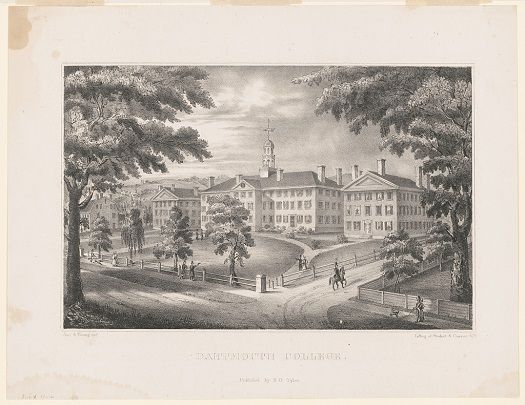
Did you know that in America’s higher education history, colonial colleges listed students and had them dress in order of their socio-economic status. “Although the social composition of the collegiate student body was relatively homogeneous, there were clear reminders of social class. College rolls listed students not alphabetically but by family rank. And, following the Oxford tradition, academic robes identified socioeconomic position. “Commoners” literally, those students who dined in commons – wore long robes, as distinguished from the short academic robes of “servitors,” scholarship students who waited on tables.
Little wonder, then, that the College of Rhode Island (Brown University.) was considered a bit radical in 1769 when the broadside for its commencement exercises bore the headline, “Nomine alphabetice disposita sunt.” Although the college had retained the curricular elitism of Latin, it had made a concession to democracy by publishing the names of its graduating students in alphabetical order. Elsewhere, Harvard and the other colleges continued to list graduates by social rank.”
“Consummate “insiders” dominated the prestigious groups, whether literary societies or Greek-letter fraternities. Standing in sharp contrast to the “college men” and their extracurricular orbits were the “outsiders” – students who usually were from modest economic backgrounds and were not offered membership in the established enclaves.
The low-income students were ridiculed as “blue skins”… The “outsiders” often formed their own groups. For example, at colleges that had a mix of wealthy and impoverished students, there was a recurring organizational pattern. The scholarship students who worked part-time jobs and lacked the clothes and accessories of gentlemen were often preparing to be ministers or teachers. They were generally excluded by the elite student associations, but they created enclaves of their own…” From Thelin’s History of American Higher Education


